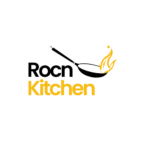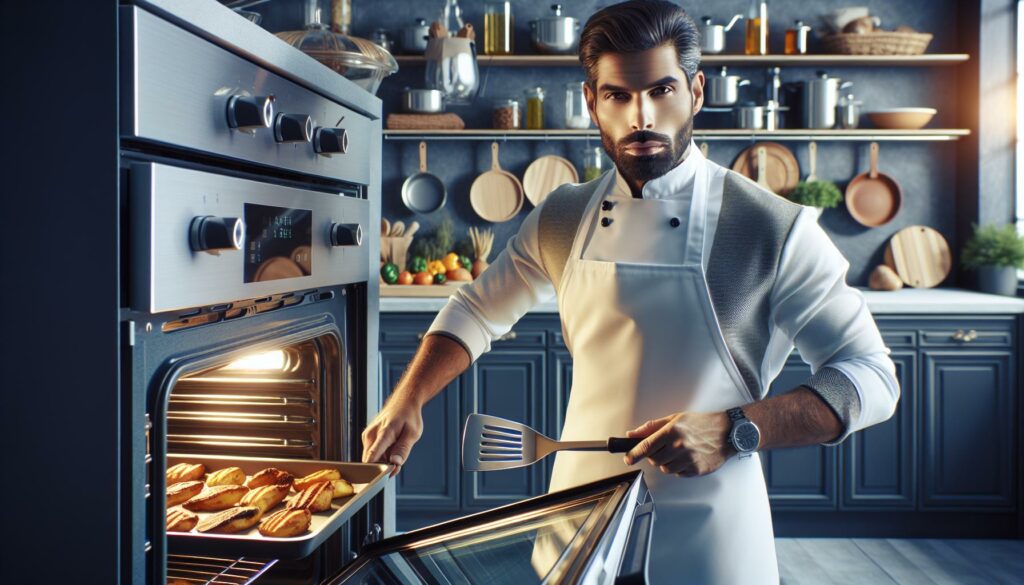Mastering dry cooking techniques definition is like learning a culinary superpower – it transforms ordinary ingredients into extraordinary dishes without relying on moisture. From the sizzling sounds of a perfectly seared steak to the golden-brown crust of roasted vegetables these methods harness the power of hot air direct heat and careful temperature control.
Dry cooking techniques definition stands as one of the most fundamental approaches in culinary arts. It’s a method where food gets cooked by exposing it to dry heat either through hot air or contact with a heated surface. Whether it’s baking broiling roasting or grilling these techniques create those irresistible crispy textures and complex flavors that make our taste buds dance with joy.
Dry Cooking Techniques Definition
Dry cooking techniques definition apply heat to food through direct contact with hot surfaces, air, or radiant heat without using moisture. Popular dry-heat methods include:
- Roasting: Cooking food in an oven with hot air circulation at temperatures between 300-450°F (149-232°C)
- Baking: Heating ingredients in an enclosed space at temperatures ranging from 200-450°F (93-232°C)
- Broiling: Exposing food to direct heat from above at temperatures reaching 550°F (288°C)
- Grilling: Cooking food on a metal grate over direct heat at 400-550°F (204-288°C)
- Pan-frying: Cooking ingredients in a small amount of oil at 350-375°F (177-191°C)
- Deep-frying: Submerging food in hot oil at temperatures between 350-375°F (177-191°C)
- Sautéing: Cooking small pieces of food quickly in minimal oil at 350-375°F (177-191°C)
These methods create distinct chemical reactions in food:
| Reaction | Temperature Range | Result |
|---|---|---|
| Maillard | 280-330°F (137-166°C) | Brown crust formation |
| Caramelization | 320-350°F (160-177°C) | Sugar browning |
| Protein Denaturing | 140-165°F (60-74°C) | Texture changes |
Dry cooking techniques excel at developing complex flavors through browning reactions while creating appealing textures. Each method produces specific results: roasting creates even browning, broiling generates charred surfaces, grilling adds smoky flavors, pan-frying develops crispy crusts.
Different Types of Dry Heat Methods
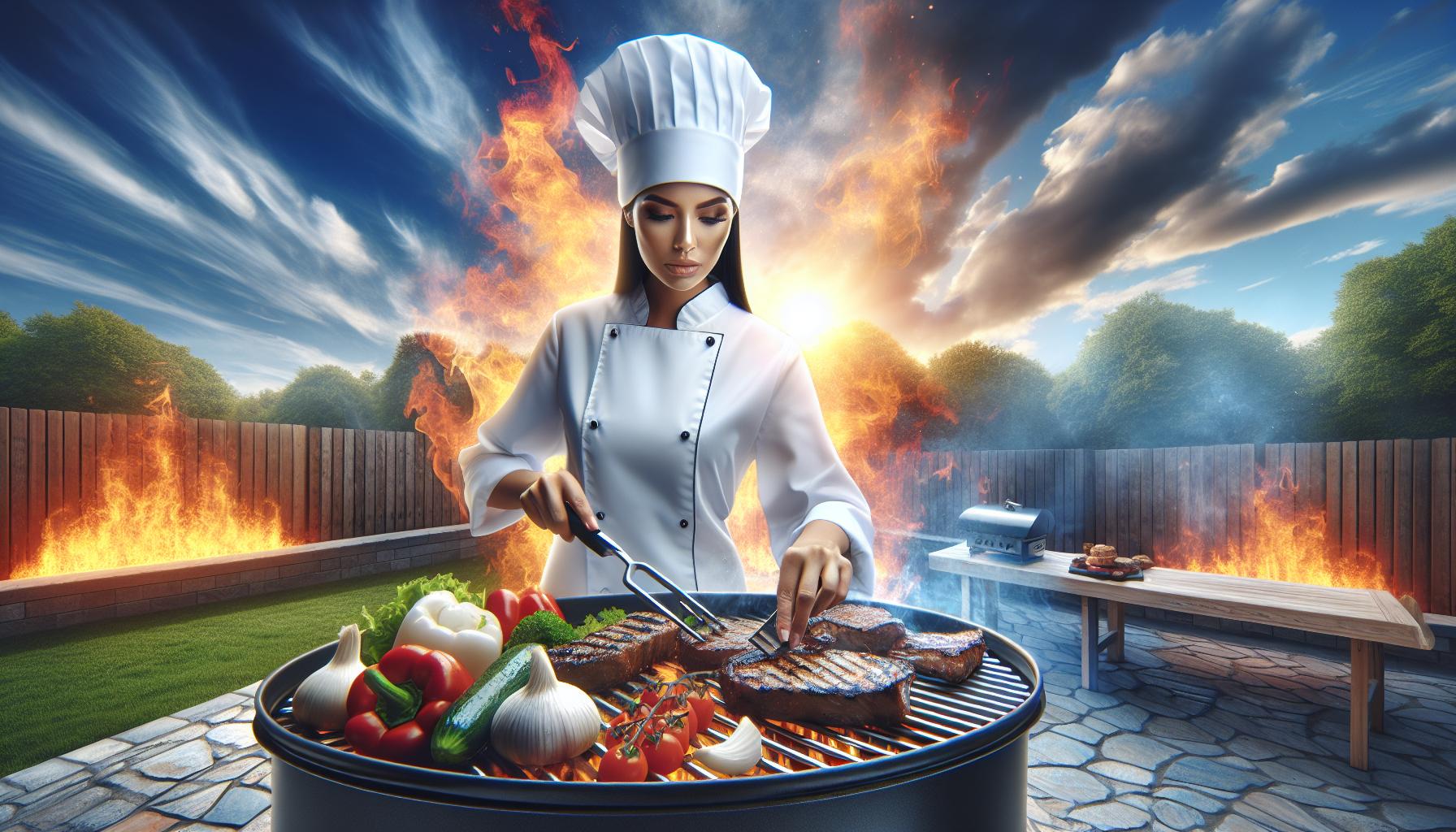
Dry heat cooking methods utilize direct heat transfer through air, metal, or radiation to cook food. Each method creates distinct flavors textures with specific temperature ranges optimal for different ingredients.
Roasting and Baking
Roasting occurs at temperatures between 300-450°F (149-232°C) in an enclosed oven environment. This method excels at cooking large cuts of meat, whole poultry pieces, vegetables while creating an evenly browned exterior. Baking uses similar temperatures but focuses on breads, pastries, casseroles requiring precise temperature control for proper rising, browning crusty exteriors. The circulating hot air in both methods promotes consistent heat distribution creating uniform doneness throughout the food.
Broiling and Grilling
Broiling applies intense overhead heat at temperatures reaching 550°F (288°C) to create charred surfaces quickly. The food placement 4-6 inches below the heat source allows rapid cooking while sealing in juices. Grilling utilizes direct heat from below at 400-550°F (204-288°C) creating distinctive char marks sear lines. Both methods excel at cooking steaks, chops, fish fillets adding smoky flavors characteristic grill marks through intense heat exposure.
Pan-Frying and Sautéing
Pan frying involves cooking food in a moderate amount of oil at 350-375°F (177-191°C). This method creates crispy crusts on chicken cutlets, fish fillets tender interiors through even heat contact. Sautéing uses higher heat 375-450°F (191-232°C) with minimal oil to quickly cook smaller pieces of meat vegetables. The rapid movement of ingredients in the pan promotes even browning while maintaining crisp textures natural flavors of the food.
Temperature Control in Dry Cooking
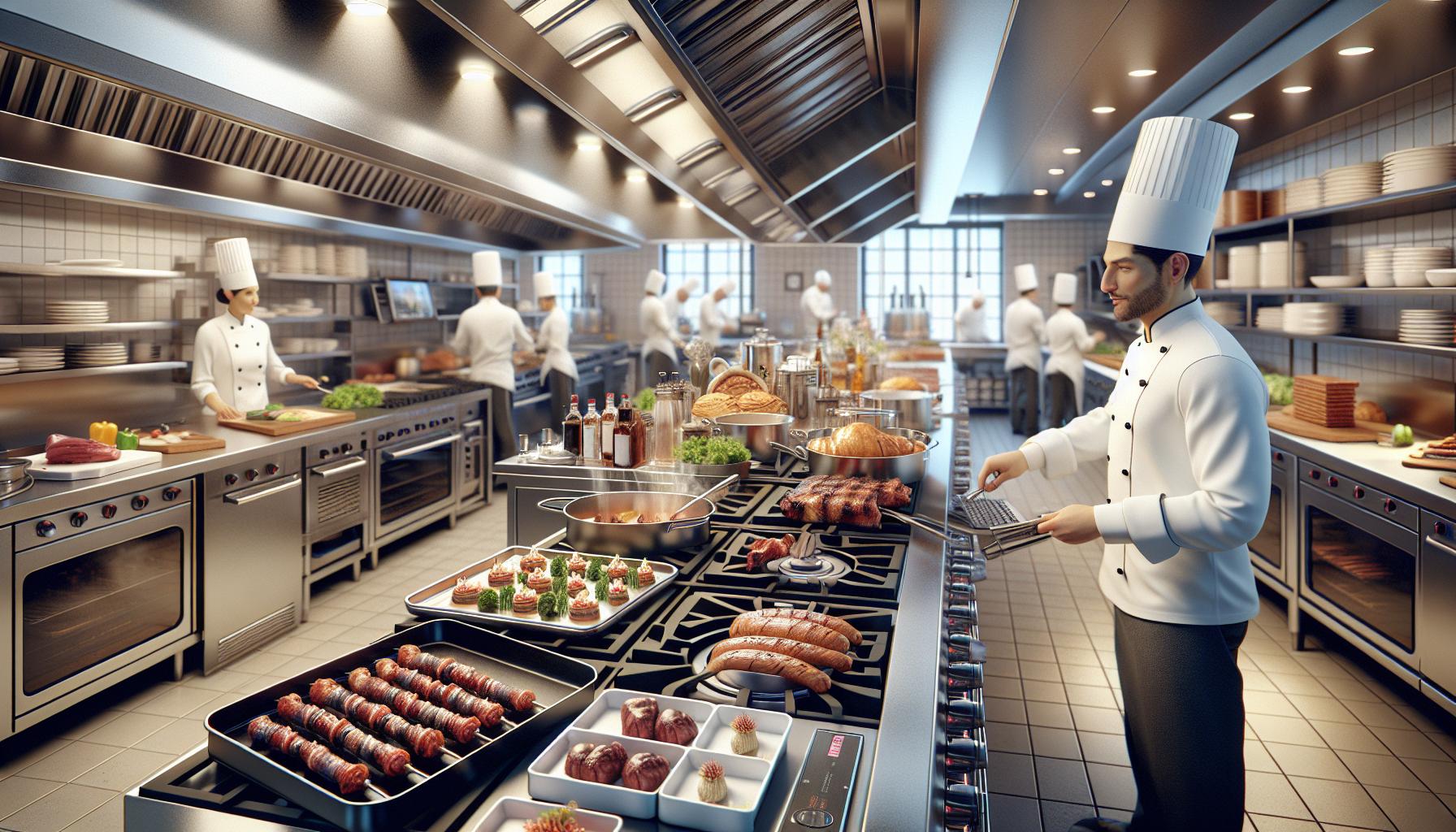
Temperature control plays a crucial role in dry cooking methods, determining the final texture, flavor and quality of prepared dishes. Precise heat management ensures optimal results across different cooking techniques.
Ideal Heat Ranges
Different dry cooking methods require specific temperature ranges for optimal results:
| Cooking Method | Temperature Range |
|---|---|
| Roasting | 300-450°F (149-232°C) |
| Baking | 325-425°F (163-218°C) |
| Broiling | 500-550°F (260-288°C) |
| Pan-frying | 350-375°F (177-191°C) |
| Deep-frying | 350-375°F (177-191°C) |
| Sautéing | 375-400°F (191-204°C) |
Each temperature range activates specific chemical reactions in food, such as Maillard browning at 285°F (140°C) and caramelization starting at 320°F (160°C).
Signs of Proper Doneness
Visual indicators signal when food reaches the correct temperature:
- Color changes from raw to golden brown on bread surfaces
- Meat develops a caramelized exterior crust
- Clear juices run from poultry when pierced
- Fish flakes easily with a fork
- Vegetables become tender yet maintain crispness
- Internal temperatures reach food safety thresholds
- Edge browning appears on baked goods
- Surface texture becomes firm to touch
Using a food thermometer confirms proper internal temperatures for meats: 145°F (63°C) for beef steaks 165°F (74°C) for poultry 145°F (63°C) for fish.
Benefits of Dry Heat Cooking
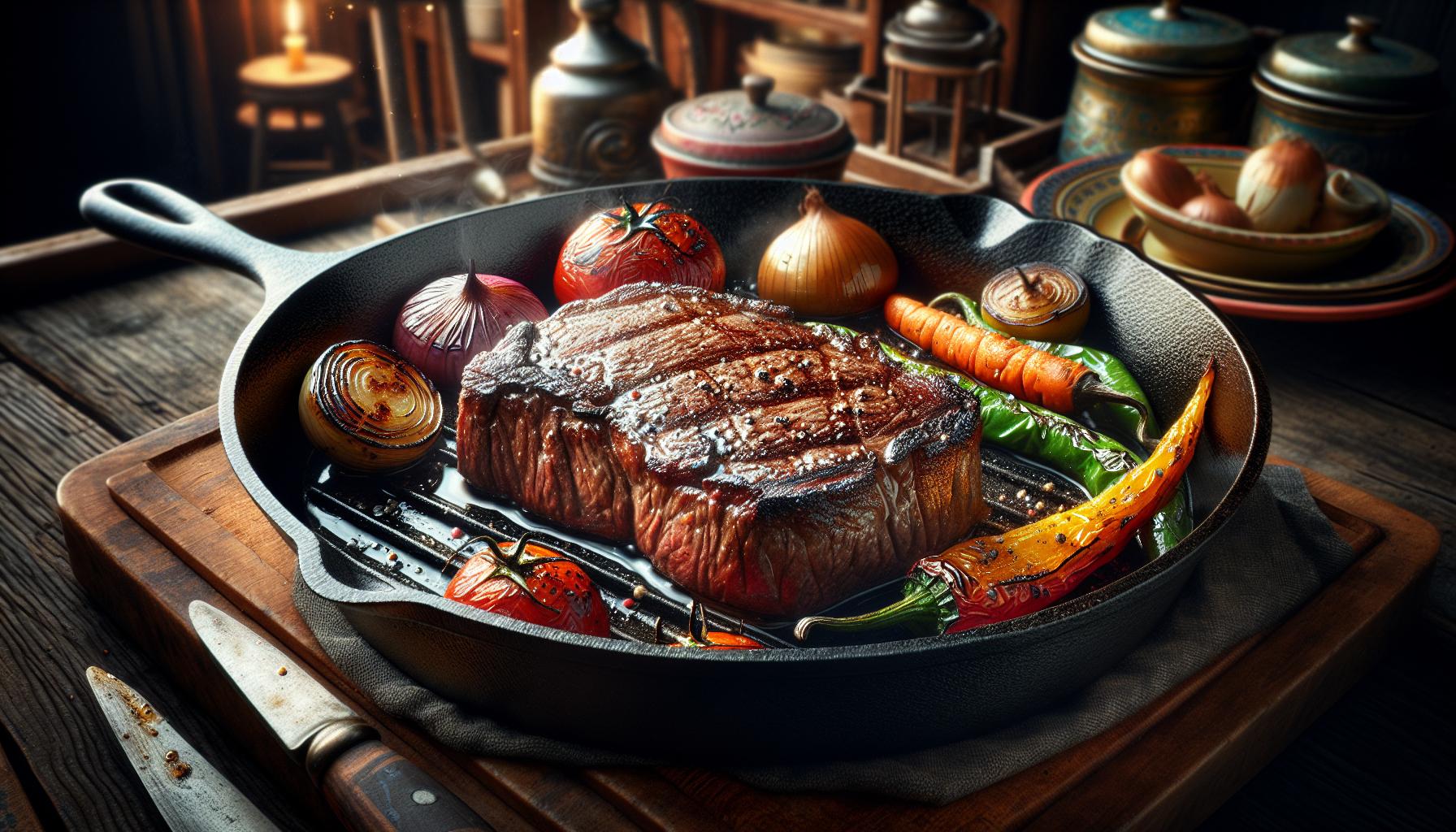
Dry heat cooking transforms ingredients through high-temperature exposure without moisture, creating distinct textures and complex flavors. These methods enhance food’s natural characteristics while providing numerous culinary and nutritional advantages.
Enhanced Flavors Through Browning
The Maillard reaction creates rich flavors during dry heat cooking through amino acid and sugar interactions at temperatures between 280-330°F (137-165°C). This chemical process produces hundreds of flavor compounds, giving roasted meats their savory taste and baked goods their aromatic profiles. Dry cooking techniques develop deep caramelization on food surfaces, forming golden-brown crusts on breads, steaks, vegetables. The intense heat concentrates natural flavors by evaporating excess moisture, resulting in dishes with enhanced taste intensity.
| Food Type | Nutritional Benefit | Temperature Range |
|---|---|---|
| Vegetables | Increased antioxidant availability | 350-400°F |
| Lean Meats | Enhanced protein digestibility | 300-450°F |
| Whole Grains | Improved fiber accessibility | 325-375°F |
Common Foods for Dry Cooking Methods
Specific food types excel with dry cooking techniques based on their composition:
Meats
- Beef cuts: ribeye, tenderloin, sirloin (ideal for roasting at 375°F)
- Poultry: whole chickens, turkey breasts, duck (perfect for baking at 350°F)
- Pork selections: chops, loins, shoulders (optimal for broiling at 500°F)
Vegetables
- Root vegetables: potatoes, carrots, parsnips (roast at 400°F)
- Cruciferous options: broccoli, cauliflower, Brussels sprouts (broil at 450°F)
- Mediterranean varieties: eggplant, zucchini, bell peppers (grill at 425°F)
- Artisan breads: sourdough, baguettes, ciabatta (bake at 375°F)
- Quick breads: muffins, scones, cornbread (bake at 350°F)
- Flatbreads: naan, pita, focaccia (bake at 425°F)
- Firm fish: salmon, tuna, swordfish (broil at 500°F)
- Shellfish: shrimp, scallops, lobster tails (grill at 400°F)
- White fish: cod, halibut, sea bass (pan fry at 375°F)
| Food Category | Temperature Range | Cooking Time |
|---|---|---|
| Red Meats | 375-450°F | 20-30 min/lb |
| Poultry | 350-375°F | 15-20 min/lb |
| Vegetables | 400-425°F | 20-30 min |
| Breads | 350-425°F | 25-45 min |
| Seafood | 375-500°F | 8-12 min |
Best Practices and Tips
Preheating equipment ensures consistent cooking temperatures throughout the process. Place food items at room temperature 30 minutes before cooking for even heat distribution. Space ingredients evenly on cooking surfaces to promote proper air circulation.
Temperature Management:
- Monitor internal temperatures with a calibrated meat thermometer
- Check oven accuracy every 3 months using an oven thermometer
- Maintain steady temperatures by limiting door opening to once per 15 minutes
- Position racks in the center for optimal heat circulation
Equipment Selection:
- Use heavy bottom pans for even heat distribution
- Select ovenproof materials rated for high temperatures
- Choose non stick surfaces for delicate foods
- Implement proper sized cookware for portion sizes
Food Preparation:
- Pat ingredients dry to achieve better browning
- Cut items uniformly for consistent cooking
- Apply oil lightly to prevent sticking
- Season before cooking to enhance flavor development
Timing Guidelines:
- Set timers for each cooking phase
- Calculate 20 minutes per pound for large roasts
- Allow 5 minutes resting time after cooking
- Rotate pans halfway through cooking time
Safety Measures:
- Keep fire extinguisher within reach
- Use long handled tools to prevent burns
- Maintain proper ventilation during high heat cooking
- Test smoke alarms monthly
Following these practices creates optimal results while maintaining safety standards. Regular equipment maintenance paired with proper technique execution produces consistent quality outcomes. Attention to timing temperature control results in properly cooked dishes with desired textures flavors.
Fundamental Methods for Every Home Cook
Dry cooking techniques represent fundamental methods that every home cook should master. These techniques transform raw ingredients into flavorful dishes through the careful application of heat without moisture. Understanding temperature control proper timing and visual cues ensures successful results every time.
With practice and attention to detail anyone can harness these methods to create restaurant-quality meals at home. The rich flavors crispy textures and appealing aesthetics achieved through dry cooking make it an invaluable addition to any culinary skillset.
When executed correctly these techniques unlock the full potential of ingredients while preserving their nutritional value. The result is consistently delicious food that both satisfies and nourishes.
